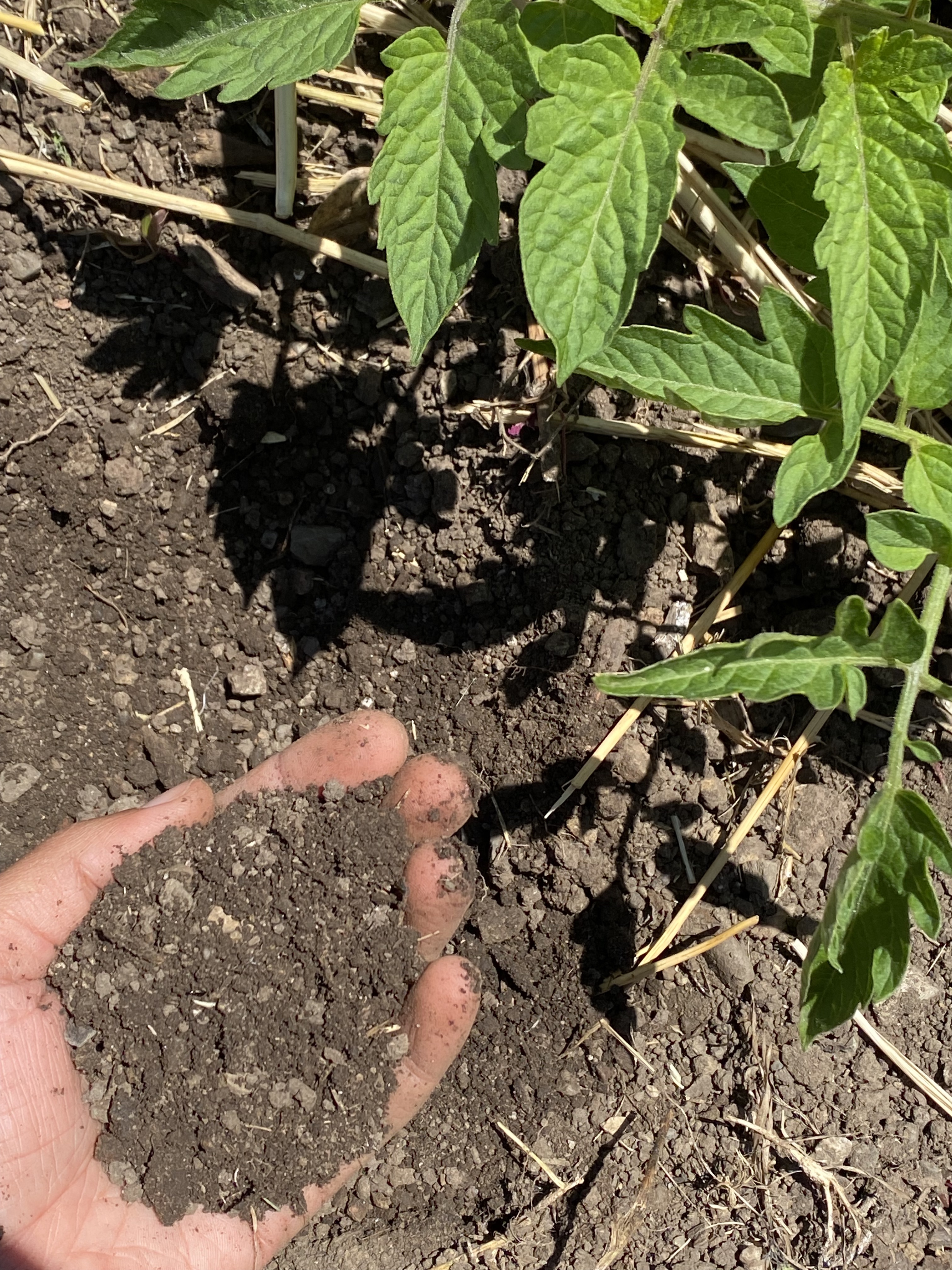
Practices of Organic Farming: Soil Investigation
Place of Learning:
Summary:
In this collection of lessons, students will engage in hands-on activities that explore the practices of organic farming. Students will complete a rotation of four activities: soil investigation, cultivation, planting cover crops, and creating a compost pile.
Student Learning Goals & Objectives:
- Identify some of the ways that soil supports plant growth.
- Investigate and describe characteristics of soil in their community.
- Reflect on how they might support the care of soil in their community.
Download Lesson Materials
Teaching Notes:
- This lesson is a part of a four-part series on the practices of organic farming, which includes cover crops, composting, and tillage and cultivation. This is the introductory lesson of that series.
- The “READ” sections of this lesson plan can be used as talking points or a script to introduce activities. Please note, these sections simply provide brief introductions to the topics. We recommend using your experiences to add more information and context to the topics being covered.
- If teaching asynchronously or assigning the lesson plan as homework, for the sections that instruct students to READ, consider recording yourself reading the sections aloud and sending the recording to students. This adaptation offers a helpful strategy for differentiating learning that supports all students, especially English Language Learners.
- The “THINK” and “DISCUSS” sections of the activities provide some great prompts for informal conversations. Consider asking your students these questions as they are gardening. You could also create a “question board” with the different questions and have students informally choose different questions to answer while they garden.
- The “DO” section of this activity involves a “jar test” that measures the comparative densities of different materials in the soil. The test takes a day to work because different soil particles settle at different rates. You may choose to complete a sample of the jar test one day ahead in order to teach this lesson in one day.
- Optional—as an added activity you could create a public space where students can share the things they notice during each of the rotations. This could take the form of a board with chart paper and markers where students can write down their answers to the questions labeled, “NOTICE.” This extra activity supports students to glean observations from their classmates and learn from one another.
- For more information on the practices of organic farming, see the Center for Agroecology and Sustainable Food Systems curriculum on Organic Farming and Gardening Skills.
- This lesson is part of the Edible Schoolyard Project’s Understanding Organic curriculum and is the third lesson in the “core lessons” of the curriculum.




